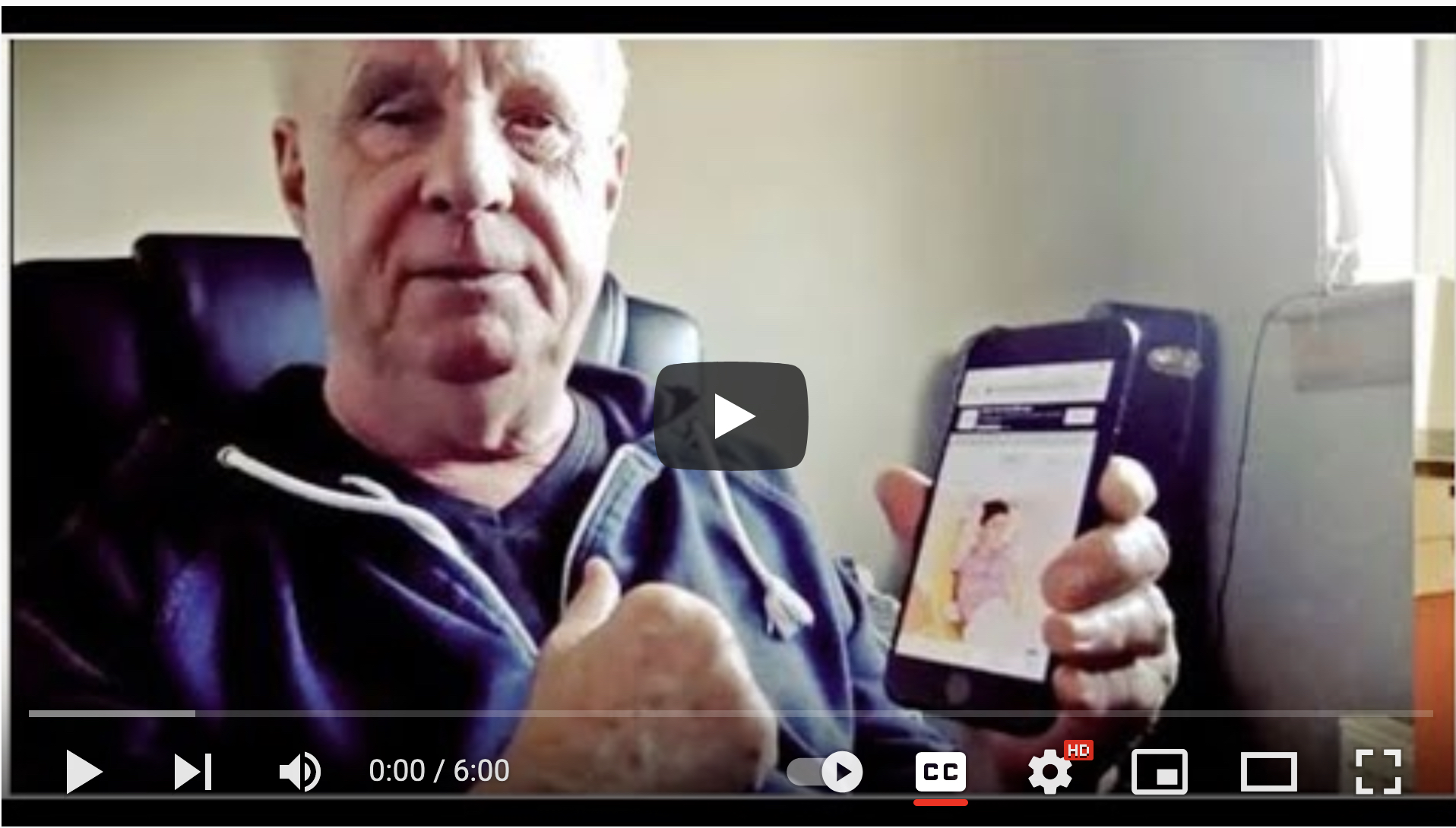Charities play a vital role in society, their websites are often the first point of contact for potential donors and volunteers. Therefore, it is crucial that these websites are accessible to everyone, including disabled people.
The Current State of Accessible Web Design for Charities:
Charities face unique accessibility challenges when it comes to web design. For example, they often have limited resources and may not have access to the latest technology or design expertise. Additionally, they often serve a diverse audience with a range of impairments, making it challenging to design a site that meets everyone’s needs.
Despite these challenges, many charities are recognizing the importance of accessibility and working to make their websites more inclusive.
The impact of artificial intelligence (AI), ChatGT and similar technologies
As technology continues to evolve, there is great potential for the use of AI, ChatGT, and similar technologies to make charity websites more accessible, more intuitive and personalised to individual users’ needs.
The following list shows some of the ways that Artificial intelligence, ChatGPT and similar services can help charities:
- Assistive Technology: AI can be integrated into assistive technology, such as screen readers and voice recognition software. This can help disabled users navigate the website more easily making them more accessible to visually impaired individuals.
- Natural Language Processing: AI-powered natural language processing (NLP) can help improve the website’s readability and comprehension for users with cognitive disabilities. This can help the organization ensure that all users can understand the content on the website.
- Chatbots: AI-powered chatbots can provide instant support to disabled users who may have difficulty navigating the website. Chatbots can answer frequently asked questions, provide assistance with filling out forms, and even provide emotional support.
- Captioning and Transcription: AI algorithms can be used to automatically generate captions and transcriptions for videos and audio files on the website. This can help make the content more accessible to users who are deaf or hard of hearing.
As you can see, AI and ChatGPT have the potential to help. It can do this by identifying barriers to access, empowering assistive technology, improving readability, providing instant support, and generating captions and transcriptions for multimedia content. Bear in mind that automatically generated captions and transcripts are not always accurate so you will still have to check and edit the text generated.
Best Practices for Accessible Web Design for Non-Profits and Charities:
AI will help, however, it is essential to build an accessible website to start with. This means involving disabled people early in the design process, conducting user testing and feedback, and ensuring that accessibility is a priority throughout the development process. Here are some of the basic principles charities should follow:
- Ensure clear navigation: Ensure that your website’s navigation is clear and easy to use, with descriptive labels and logical order.
- Use of Alt text: Alt text is used to describe images for users who cannot see them. Use descriptive, concise language to ensure that all users can understand the content.
- Ensure your design is flexible enough to accommodate the needs of visitors with different Impairments, For example, people with visual impairments may need larger text or high contrast colors – however, that does not mean designing the website just for that audience – what it means is ensure that this audience can change these design elements it to suit their own needs.
- User Testing and Feedback: Conduct user testing and gather feedback from disabled people to ensure that your website is accessible and meets their needs.
Accessible web design is crucial for charities because it ensures that everyone has access to their valuable content. As technology continues to evolve, there is great potential for AI, ChatGPT and similar technologies, but it is not the full picture; it is essential for charities to design their websites with accessibility in mind from the outset. A website that is inclusive, user-friendly, and accessible to everyone, including disabled people, is what every organisation should be aiming for.
Get in touch today: Tel: 07810 098 119
Email: webdesign@jimbyrne.co.uk
Related Content
- Website Accessibility Auditing Service – for WCAG 2.1, WCAG 2.2 ComplianceRichard Morton is a member of our website accessibility audit team "A large proportion of my work over the last six years has been web accessibility auditing, using the Web Content Accessibility Guidelines (WCAG 2.1 & WCAG 2.2).I do manual testing, using the standard browsers, and light tools like the AIS ...
- About Web Designer and Accessible Website Design Specialist Jim ByrneA passion for equality and accessibility Decades before he became an accessible website design specialist, Jim started his working life as a computer programmer in 1979 using 'miniframe' computers that had LP (a long player record) sized 'not very floppy disks'. The disks needed to be screwed into a large cabinet ...
- Accessibility Auditing – WCAG 2.1 & WCAG 2.2 and Accessible Website Design, UKJim Byrne is an accessibility specialist with three decades of experience in accessible website design, training and accessibility auditing and consultancy for the not-for-profit, education, public and third sector. An award-winning website developer, website accessibility training provider and WCAG 2 expert ( he provided feedback on the development of WCAG ...
Take my Web Accessibility Online Training Course - WCAG 2.1 Compliance
Learn to design and manage WCAG compliant, accessible websites with my online course
You will learn both the techniques of accessible website design and an entire ‘framework for thinking about the subject’. It will equip you with the skills to understand, identify and fix issues any accessibility issues you come across. Watch the free videos to get a taste of what is on the course.
)
Working with non-profits, charities, voluntary and public sector organisations and social enterprises for over 20 years. Jim set up one of the worlds first website accessibility web agencies in the mid 1990s.